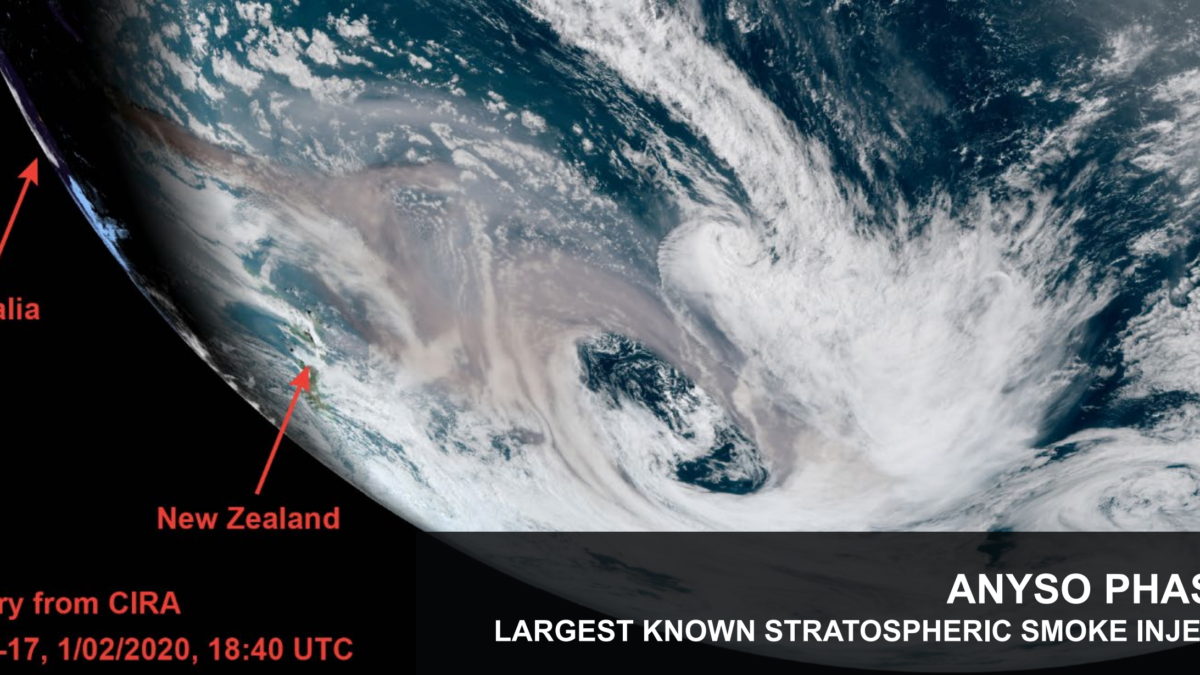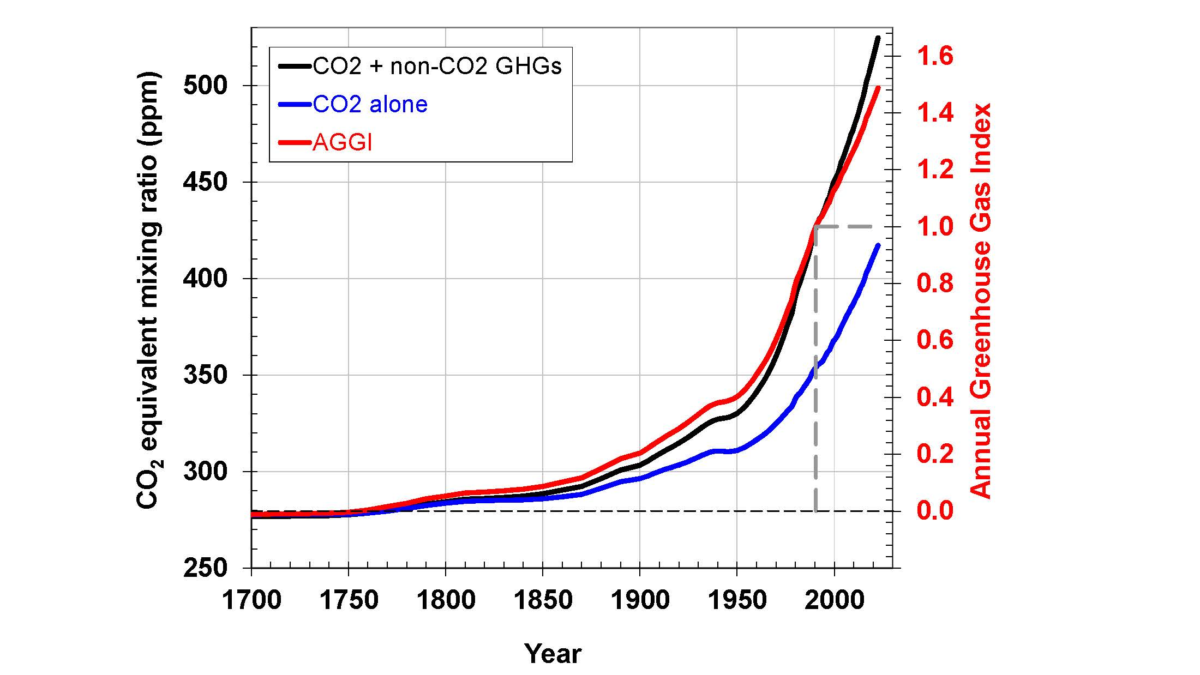I’m appalled by what I learned about recycling. But we can fix it.

By Oliver Franklin-Wallis
29 November 2023
(The New York Times) – It happened again the other night: Washing up after dinner, I went to throw out a packet of just-eaten instant tortellini and was flummoxed. It was plastic, sure. But what kind? There was no resin code or recycling symbol on the package. Nothing on the label, either.
Should I throw it in the trash? Recycle it? And if I did, would it even get recycled?
Lately, a number of reports have cast doubt on the very idea of recycling, a habit ingrained in many of us since childhood. Recycling has been called a myth and beyond fixing as we’ve learned that recyclables are being shipped overseas and dumped (true), are leaching toxic chemicals and microplastics (true) and are being used by Big Oil to mislead consumers about the problems with plastics. Packaging companies have used the promise of recyclability to flood the world with disposable and often toxic plastic trash. The consequences are now clear — in the trash, in our rivers and oceans, in the microplastics in our bloodstreams and in the plastic quite literally falling from the sky.
This isn’t the first time that recycling has come under fire — far from it. In fact, the most famous assault on it, “Recycling Is Garbage,” by John Tierney for The Times Magazine, appeared in 1996. But the latest crisis seems existential. You know it’s bad when the plastics industry feels compelled to create a rebuttal campaign called Recycling Is Real.
Recycling is real. I’ve seen it. For the past four years, I’ve traveled the world writing a book about the waste industry, visiting paper mills and e-waste shredders and bottle plants. I’ve visited all kinds of plastics recycling facilities, from gleaming new factories in Britain to smoky, flake-filled shredding operations in India. While I’ve seen how recycling has become inseparable from corporate greenwashing, we shouldn’t be so quick to cast it aside. In the short term, at least, it might be the best option we have against our growing waste crisis.
One of the most fundamental problems with recycling is that we don’t really know how much of it actually happens because of an opaque global system that too often relies on measuring the material that arrives at the front door of the facility rather than what comes out. What we do know is that with plastics, at least, the amount being recycled is much less than most of us assumed.
You probably throw a milk container in the recycling, put the bins out on collection day and forget about it. But depending on where you are in the United States (or the world), that carton is probably taken to a place to be sorted and graded, baled up with other cartons and shipped off to a recycling facility. Depending on the material in question, that might happen in your home state, or it might happen abroad, in countries like Canada, Mexico, India, and Malaysia. At least that’s how it’s supposed to work.
The reality is a different story. According to the Environmental Protection Agency, two of the most commonly used plastics in America — PET (used in soda bottles) and HDPE (used in milk jugs, among other things) — are “widely recycled,” but the rate is really only about 30 percent. Other plastics, like soft wraps and films, sometimes called No. 4 plastics, are not widely accepted in curbside collections. The E.P.A. estimates that just 2.7 percent of polypropylene — the hard plastic known as No. 5, used to make furniture and cleaning bottles — was reprocessed in 2018. Crunch the sums, and only around 10 percent of plastics in the United States is recycled, according to the National Academies of Sciences, Engineering and Medicine.
It is worth noting that the landfill-happy United States is far worse at recycling than other major economies. According to the E.P.A., America’s national recycling rate, just 32 percent, is lower than Britain’s 44 percent, Germany’s 48 percent and South Korea’s 58 percent. (Please take all of these figures with a grain of salt.) But just because recycling doesn’t work very well in the United States doesn’t mean it can’t be done well. In fact, the scientific research over decades has repeatedly found that in almost all cases, recycling our waste materials has significant environmental benefits. According to a 2015 analysis by scientists at the University of Southampton in England, recycling a majority of commonly tossed-out waste materials resulted in a net reduction in greenhouse gas emissions. In the case of aluminum, scrap metals and textiles, the savings were substantial.
Compare recycling with the alternative, which is making the same products from scratch. Recycling steel, for example, saves 72 percent of the energy of producing new steel; it also cuts water use by 40 percent. Recycling a ton of aluminum requires only about 5 percent of the energy and saves almost nine tons of bauxite from being hauled from mines. Even anti-plastics campaigners agree that recycling plastics, like PET, is better for the climate than burning them — a likely outcome if recycling efforts were to be abandoned.
So before we abandon recycling, we should first try to fix it. [more]
I’m Appalled by What I Learned About Recycling. But We Can Fix It.


